할리우드, 소셜 플랫폼과의 경쟁 심화… 크리에이터·AI·가치 재고 등 주요 과제 부상
할리우드가 전통 스튜디오가 제공하는 TV·영화 경험을 원하는 사람들뿐 아니라, 크리에이터 주도의 엔터테인먼트와 소셜 플랫폼으로 옮겨가는 소비자의 관심을 모두 사로잡아야 하는 시대를 맞이했다.
Hollywood Faces Intensifying Competition With Social Platforms: The Rise of Creators, AI, and Rethinking ‘Value’
Hollywood has reached a pivotal moment, needing to appeal to viewers who still crave the big-screen and TV experiences that traditional studios provide—while also contending with audiences increasingly drawn to creator-driven entertainment and social platforms.
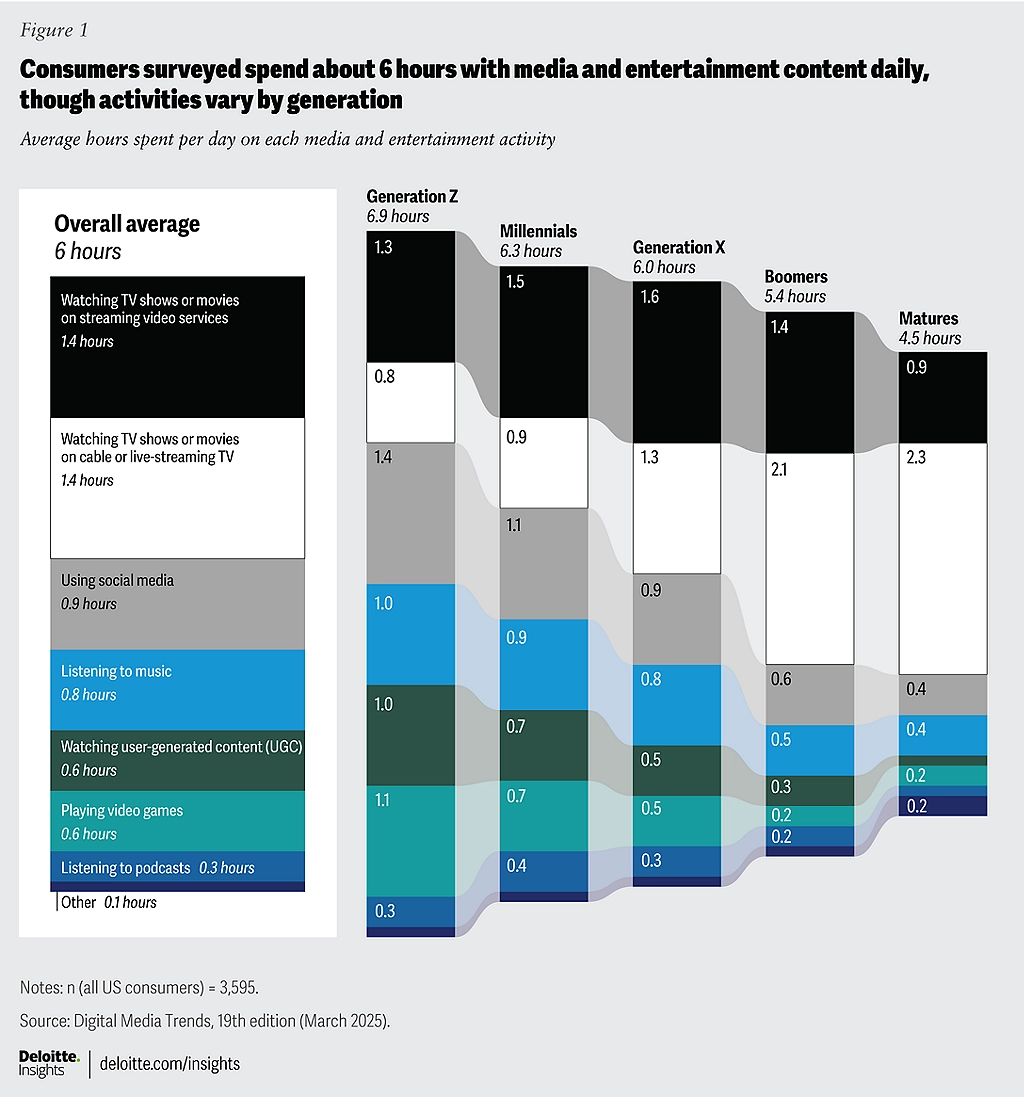
최근 딜로이트(Deloitte)가 발표한 제19회 디지털 미디어 동향 설문조사(19th annual digital media trends survey)에 따르면, 소비자들은 점점 프리미엄 콘텐츠 대신 크리에이터 중심 플랫폼에 더 많은 시간을 할애하고 있으며, 이는 미디어·엔터테인먼트 업계 전반의 비즈니스 모델에 큰 변화를 예고한다.
According to Deloitte’s 19th annual digital media trends survey, more consumers are spending time on creator-centric platforms over premium content, signaling a shift that could transform media and entertainment business models.
무궁무진한 무료 콘텐츠와 AI… 소셜 플랫폼 위협 커져
딜로이트는 보고서에서 소셜 비디오 플랫폼이 사실상 ‘무한’에 가까운 무료 콘텐츠를 제공하면서, 알고리즘을 통해 사용자 참여도와 광고 효율을 극대화하고 있다고 지적했다.
이들은 고도화된 광고 기술과 AI를 활용해 글로벌 시청자와 광고주를 매칭하고 있는데, 미국 광고 시장의 절반 이상을 이미 점유하고 있다. 특히 최근에는 유튜브가 스마트TV에 소비되는 비율이 늘어나는 등 대형 소셜 미디어 플랫폼이 가정 내 TV 스크린으로까지 진출하고 있다. 일부 소셜 비디오는 프리미엄 TV 콘텐츠를 위협할 정도로 품질이 높아지고 있다.

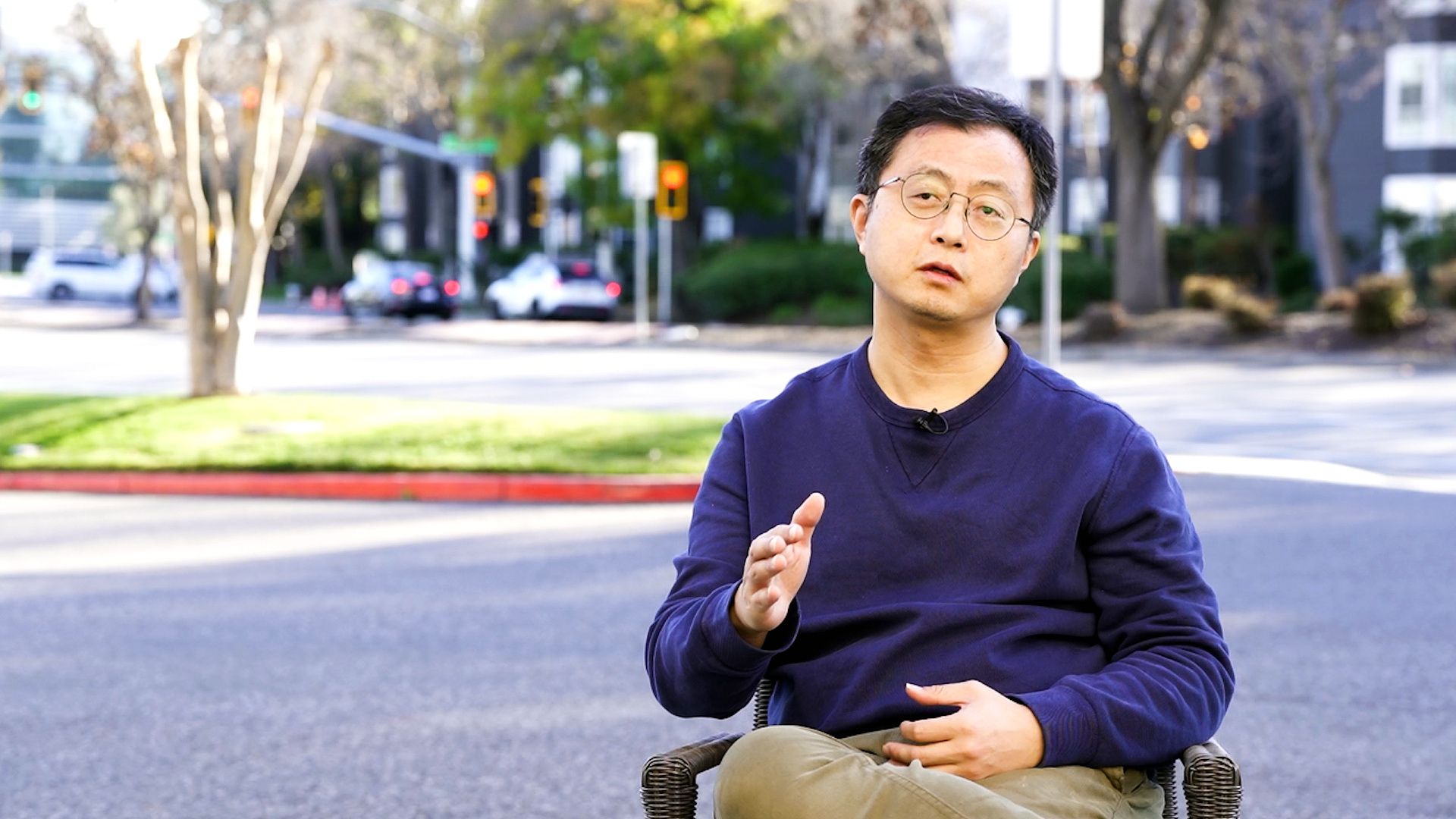

![[2026 Big tech] The Biggest Disruption Since Smartphones - AI Smart Glasses 'Big Bang'](https://cdn.media.bluedot.so/bluedot.kentertechhub/2025/10/urodjc_202510200555.png)
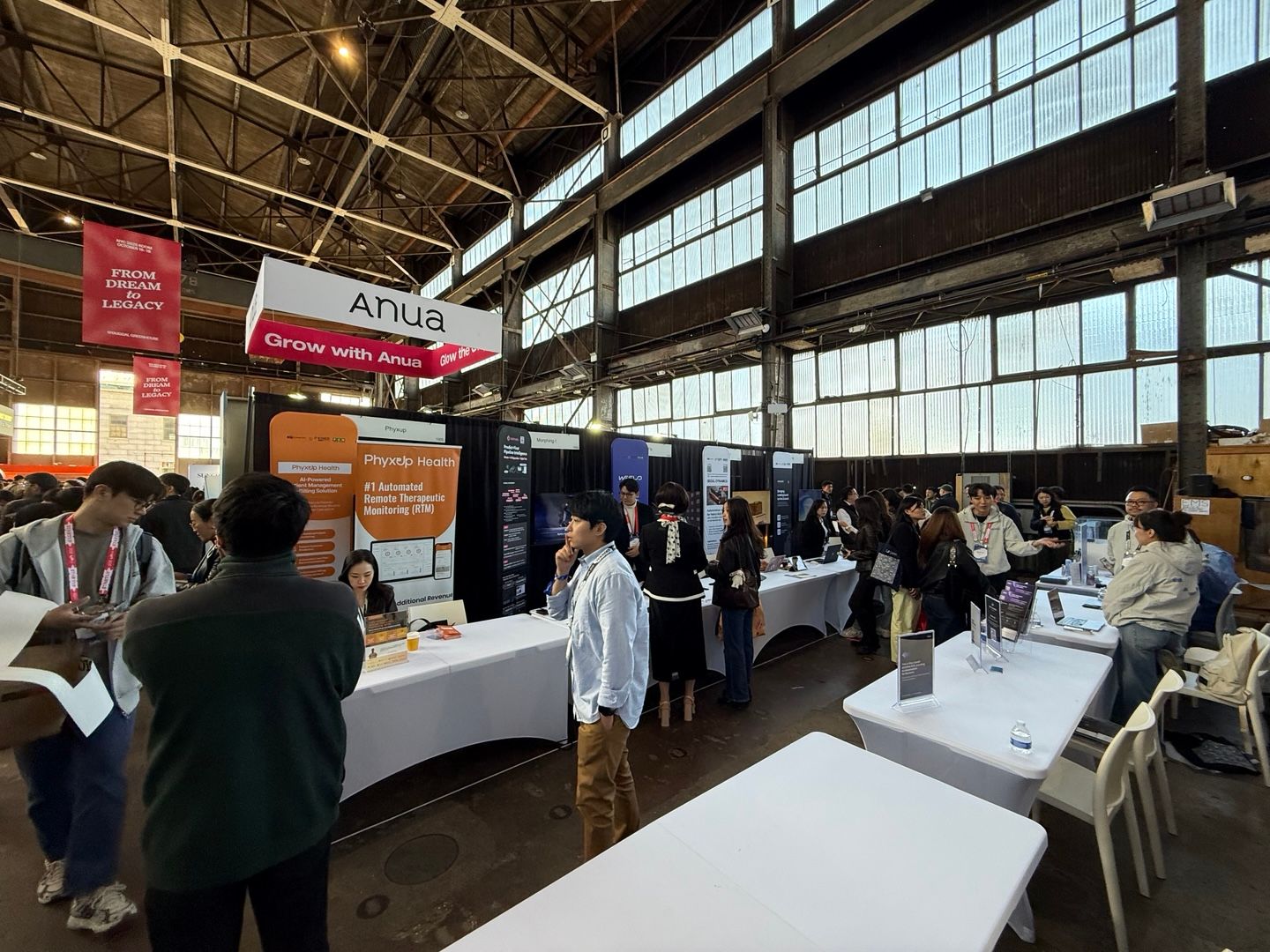
![[Koom]Korean 'Physical AI' Startups Captivate Global Investors at UKF in New York](https://cdn.media.bluedot.so/bluedot.kentertechhub/2025/10/shy8pw_202510181617.jpg)
![[MIPCOM2025]글로벌 엔터테인먼트 트렌드](https://cdn.media.bluedot.so/bluedot.kentertechhub/2025/10/duxlsp_202510170000.png)
![[보고서]생성AI와 애니메이션](https://cdn.media.bluedot.so/bluedot.kentertechhub/2025/09/c49fxu_202509271057.png)
![[Samsung Ads] State of CTV July 2025](https://cdn.media.bluedot.so/bluedot.kentertechhub/2025/09/zhhtoy_202509140022.png)
![[Report] ‘STATE OF SUBSCRIPTIONS Specialty SVOD 2025’](https://cdn.media.bluedot.so/bluedot.kentertechhub/2025/09/mxdd6n_202509080356.png)
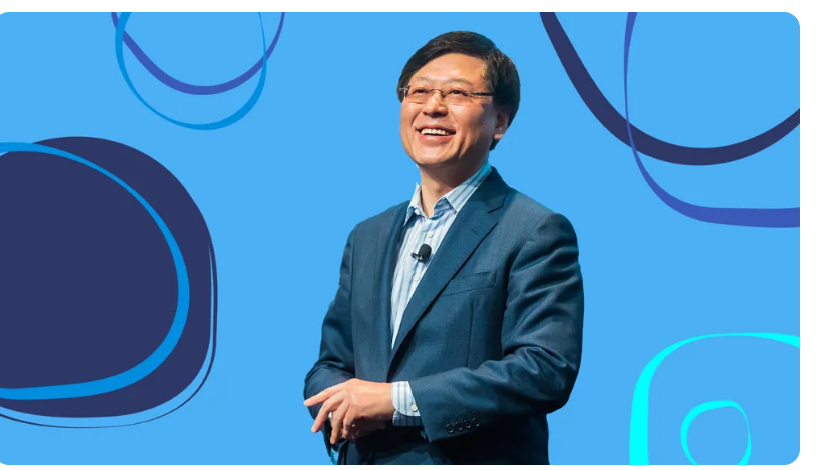
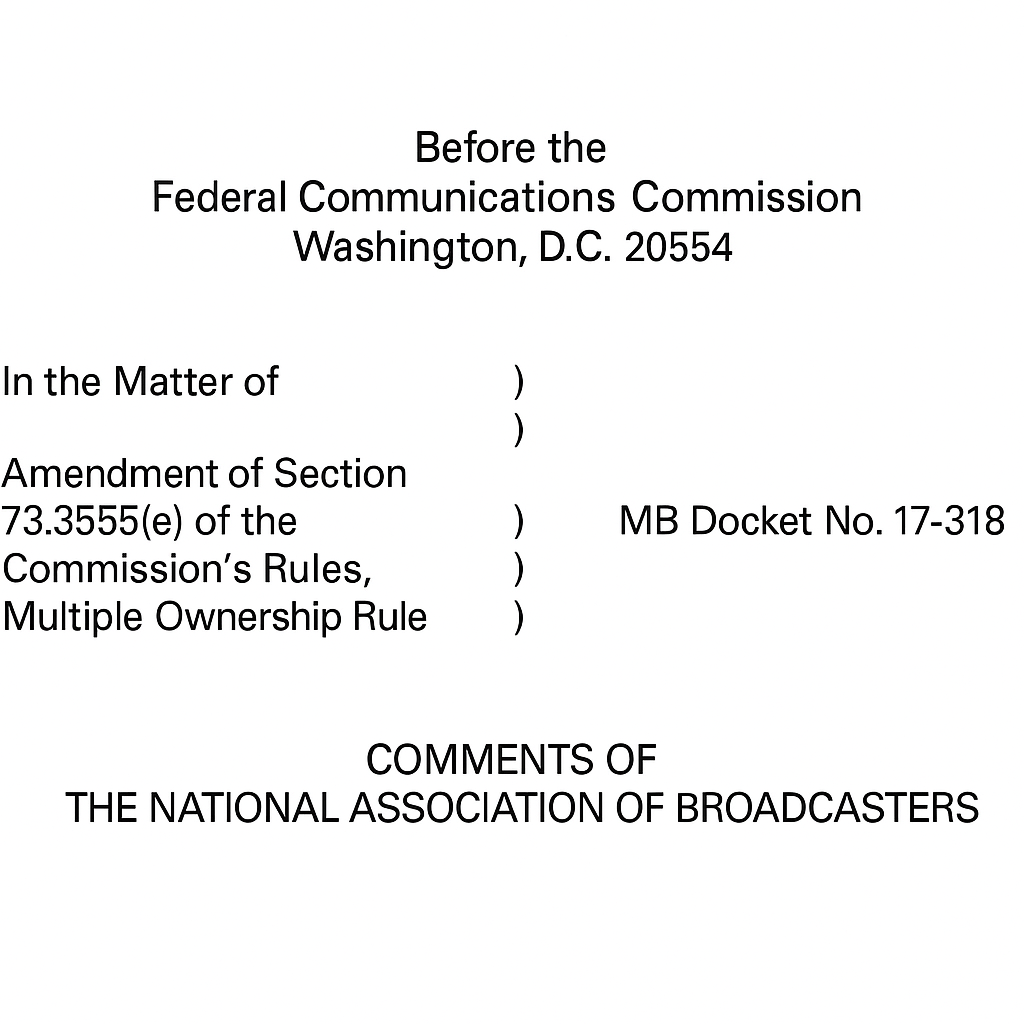

![[보도자료]Kocowa, 유럽 진출 1년 성과](https://cdn.media.bluedot.so/bluedot.kentertechhub/2025/07/d4i5qa_202507142153.png)

